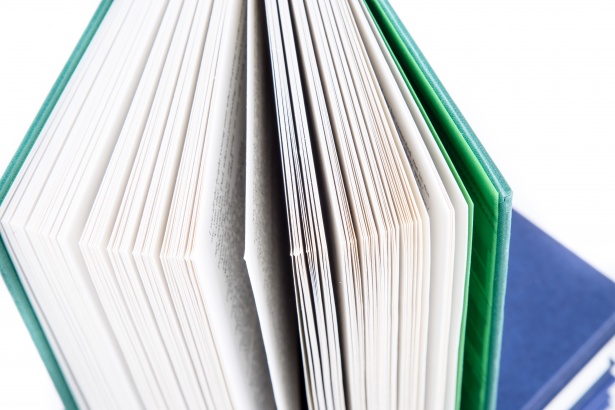
Teaching Cambridge Programs In Mongolia
ULAANBAATAR, MONGOLIA– With four graduating classes, the New Era International School (NEIS) is proud of the academic achievements of its students: in fact, the 46% of them are studying in the world’s best universities in US, UK, Canada and many more. The school was established in 2011 by the Ministry of Education of Mongolia. It is one of three public schools created to adopt and use Cambridge programs and qualifications. This project is part of wide-ranging education reforms Mongolia in collaboration with the Cambridge Assessment International Education, a not-for-profit organization at University of Cambridge. It operates in 160 countries and it is an educational partner for governments in over 30 countries.
The collaboration focuses on the review of the National Curriculum and Assessment Framework, and includes the implementation of a new 12-grade curriculum and national testing system. The long-term goal of the project is to build a world-class education system, according to the Cambridge Assessment International Education. NEIS currently has 354 students, from sixth to twelfth graders. Each year, the placement of the 6th year students is determined by a national exam conducted by the National Assessment Center.
Mend Tsolmon has spent the past year trying to ensure that his 10- year-old son gets into NEIS. After school, each day at 4 p.m., he brings his son to his tutor’s house to study math, even in the car ride takes more than an hour. Despite the long commute during the rush hour, Mr. Tsolmon is happy to do so. He considers the test very important to his son’s future. “Cambridge international qualifications are recognized by the world’s best universities and employers; this will give my son a wide range of options in his education and career,” he said, smiling.
However, there are challenges. The Mongolian economic crisis (2011) has caused serious economic difficulties; for this reason, the government has cut education investments to a minimum, only enough to keep schools and kindergartens operating. Unfortunately, the new curriculum remains incomplete without the implementation of a new curriculum for senior secondary education. At the same time, the curriculum still lacks learning outcome standards for students at every level, which leaves students and teachers unguided and confused. Still, the Government hopes to progressively roll out the model across Grades 1- 12 in a national roll-out. Moreover, the Mongolian economy is getting better and the GDP growth increased from 5.1 percent in 2017 to 6.1 percent in 2018.
By Tuul Chuluunbaatar


